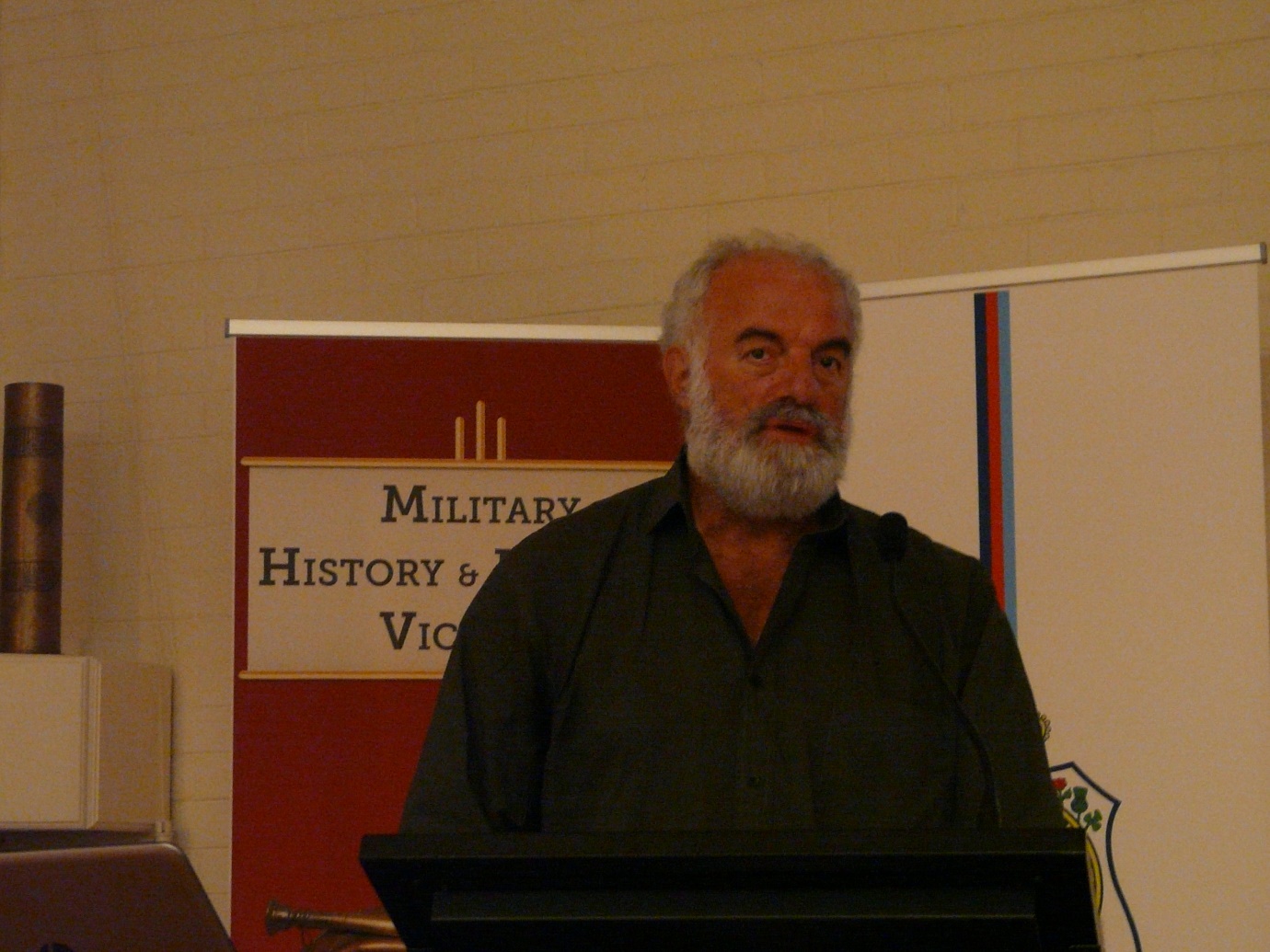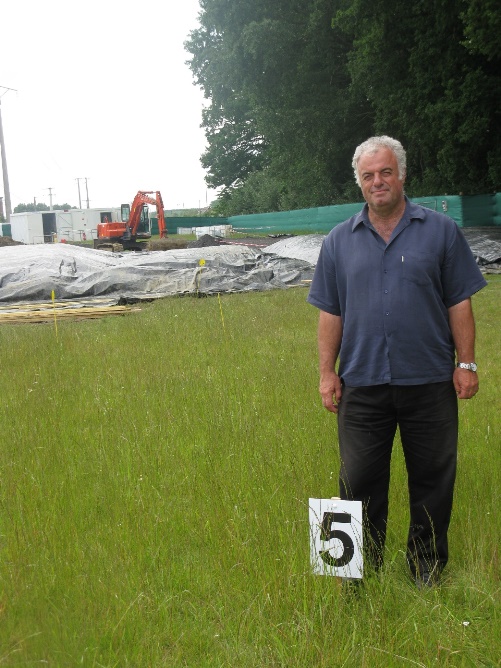Lambis Englezos is a Greek-born, retired Art Teacher from Melbourne, with a “magnificent obsession” to find, recover, and honour Australia’s missing diggers from the Battle of Fromelles – an obsession that grew from meeting many returned diggers as a child growing up in Melbourne.
While visiting the cemetery at Fromelles in 2000, Lambis noticed a large discrepancy between the numbers of AIF soldiers killed and those in marked graves. But where were the missing dead buried?

On studying the battle, Lambis and a small group of supporters came the realisation that after the slaughter of allied solders under the incompetent command of Lieutenant-General Richard Haking, a proposed amnesty to collect the dead and wounded was refused by the British. The lack of amnesty led to the tragedy of many unreclaimed wounded dying horrific deaths over days in no-man’s-land.
A theory was developed that dead Australian diggers had been reclaimed from the battle field by the victorious Germans in July 1916 and buried elsewhere.
The team was now fired with the enthusiasm to solve this mystery. Efforts at getting official recognition of the issue of misplaced diggers and gaining information were constantly thwarted. But the team persisted. Using contemporary photographs and records they hypothesised that the bodies would be buried in mass graves close to the German light railway in the Fromelles area. They finally gained evidence from a time series of aerial photographs that soon after the battle the Germans had in fact dug eight pits close to the light railway adjacent to Pheasant Wood a short distance away from the front line. Aerial photographs showed that these pits were soon filled in.
With the likely spot located and the logic deemed plausible, the team finally persuaded the powers to carry out non-intrusive surveys with ground penetrating radar and imaging. This found the amount of material buried in the ground was too great to ignore. An archaeological dig was ordered.

Finally, in 2008, after enduring years of discouragement, Lambis and his team were vindicated when the largest non-genocide mass burial in Western Europe since WW1 was confirmed – right where the team of “amateurs” had said it would be. A biological curiosity of the site was the pits that were used for burial (five of the eight) had blue flowers on top – flowers that did not occur anywhere else in the area.
The work didn’t stop there. It was decided to move the bodies to a nearby cemetery and mark their headstones. Detective work was required to name many soldiers as the Germans had thoughtfully collected many of their identity tags and repatriated them via the Red Cross. Luckily clay had preserved much of bodies and artefacts, so a combination of DNA analysis and other found identifiers led to 159 dead out of 250 being identified. The dead were eventually moved to their new cemetery over a period of three weeks.
In carrying out his initial research and during the process of DNA matching Lambis met and gave closure to a number of relatives. To demonstrate the importance of closure Jan Roberts-Billett read out a letter from a worried mother about the uncertainty of her son’s fate. She died not knowing he had died at Fromelles.
The presentation concluded with a discussion about the importance of bringing the dead home.
Lambis has become widely known as one of Australia’s foremost experts on Australia’s Great War experience.
He is the co-founder and driving force behind the internationally renowned “Friends of the 15th Brigade” and is acknowledged in many books including Les Carlyon’s ‘The Great War’ and Robin Corfield’s ‘Don’t Forget me Cobber’ as well as television stories and print.
Lambis received the Order of Australia in 2008 for his Fromelles work. He also won the inaugural Shrine Medallion in 2010 and was honoured by the RSL of Victoria with their ANZAC Award in the same year.
In 2010 Lambis visited Fromelles for the burial service of the final soldier of the 250 soldiers recovered from the mass grave. There he was specifically named and thanked by the Governor General, Quentin Bryce, in her speech at the Opening of the new Pheasant Wood Cemetery.
He is proud to be part of the long journey to see dignity and honour brought to the diggers who disappeared on one horrible night in July 1916, a night now described as the worst in Australia’s history.
Contact Brent D Taylor about this article.






